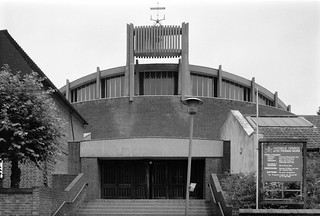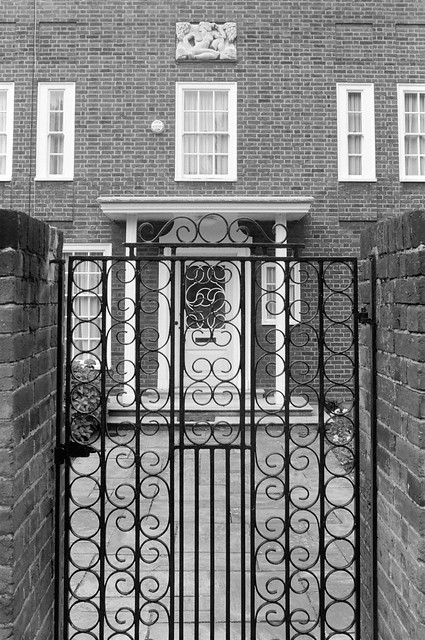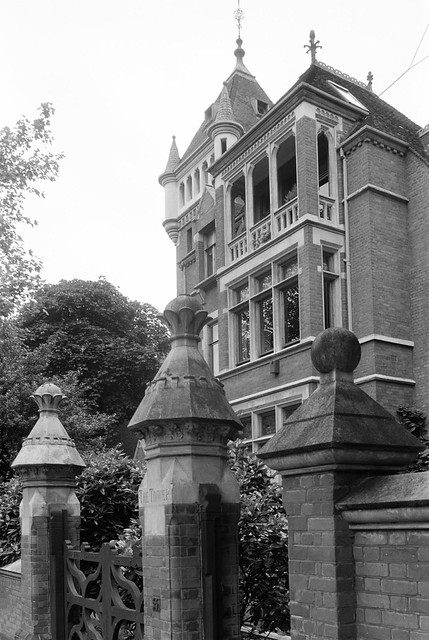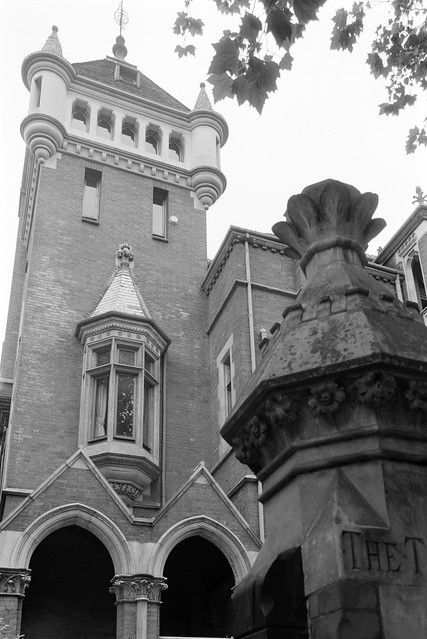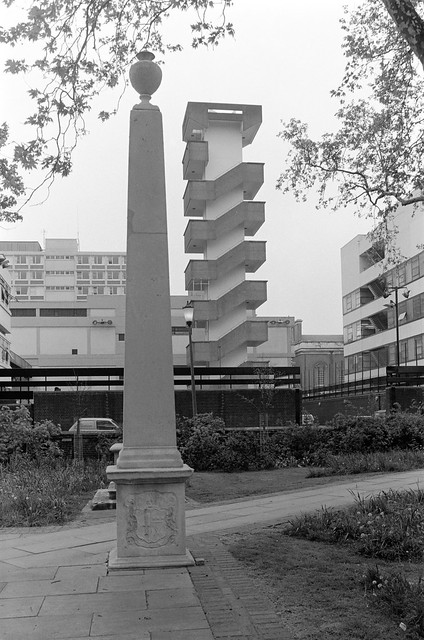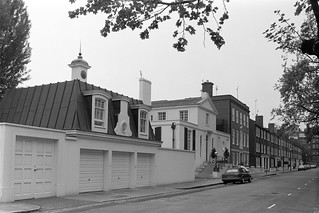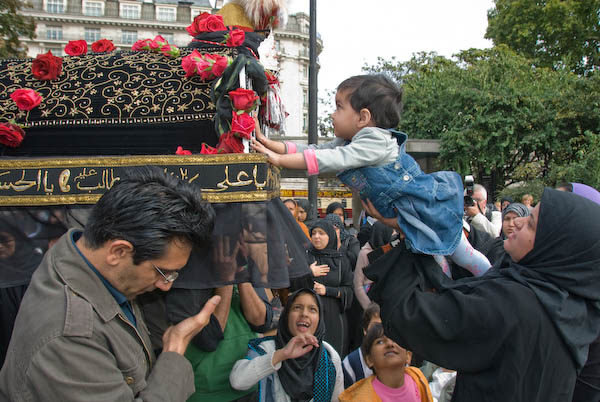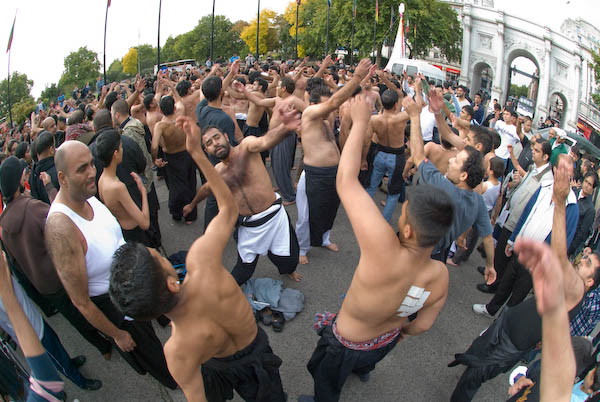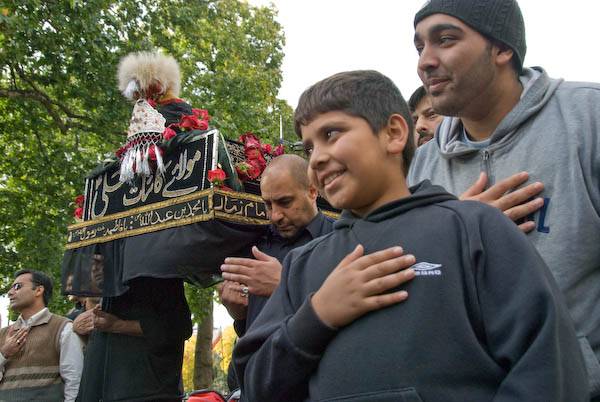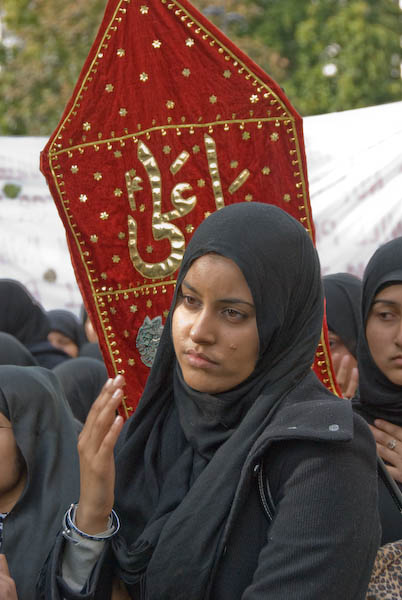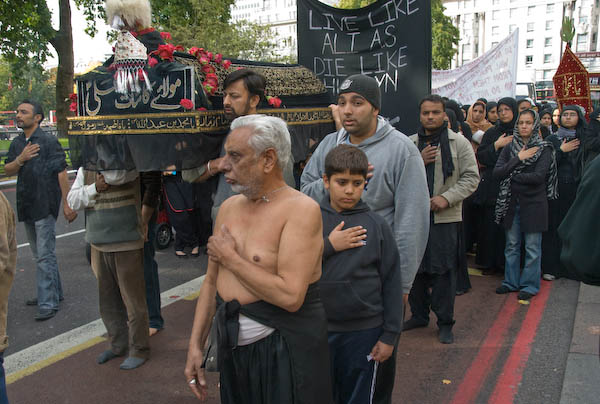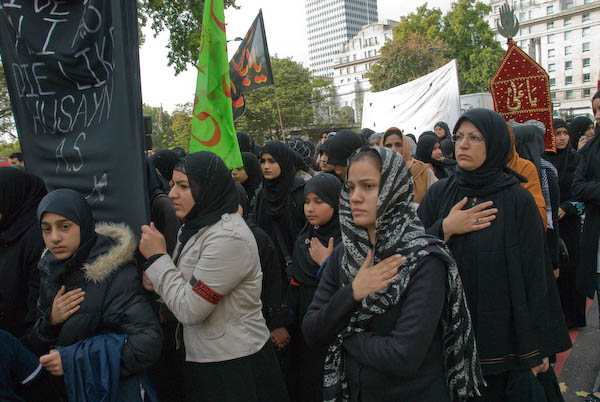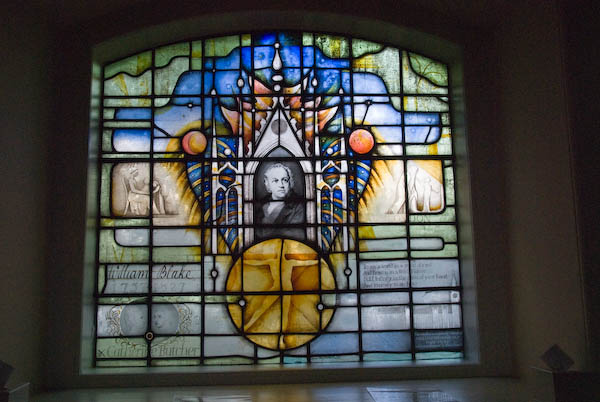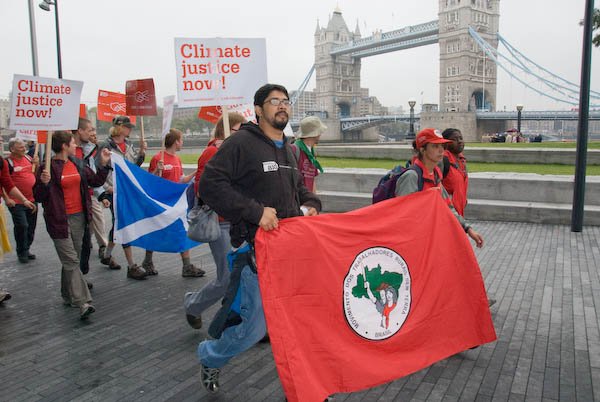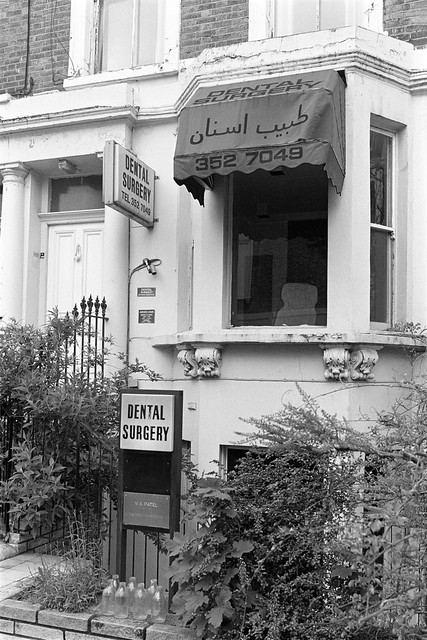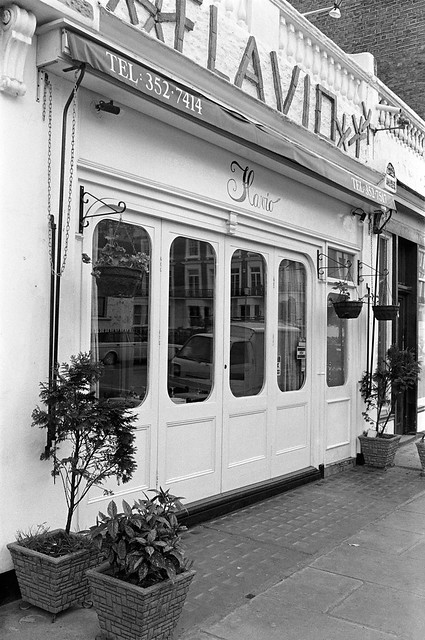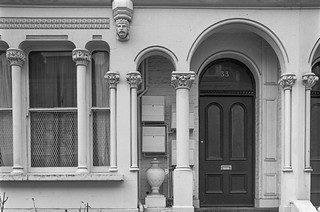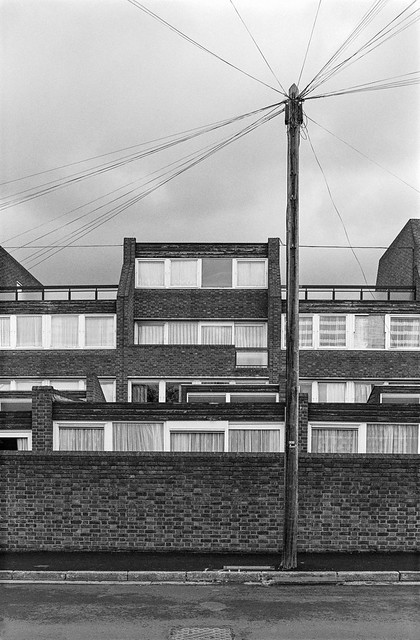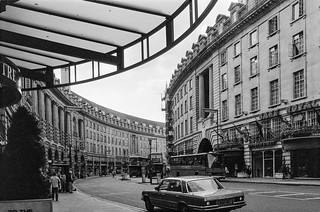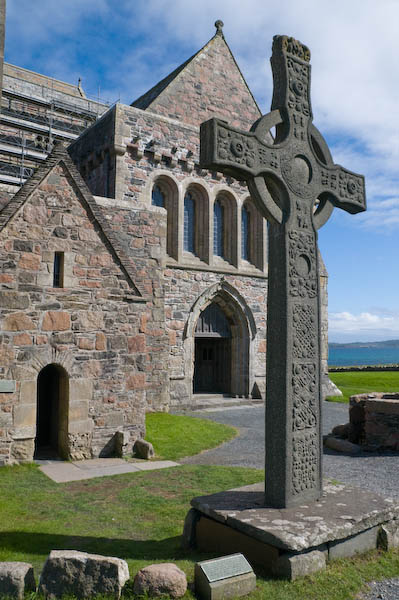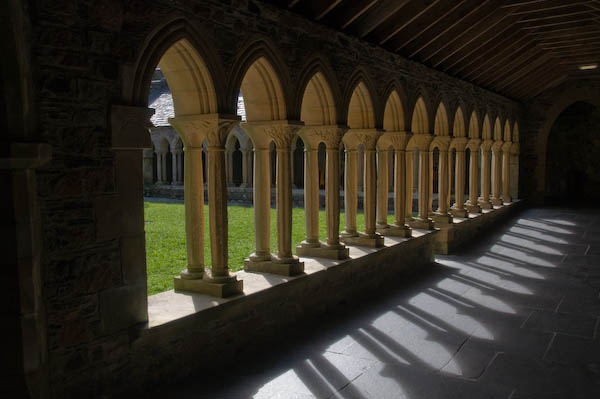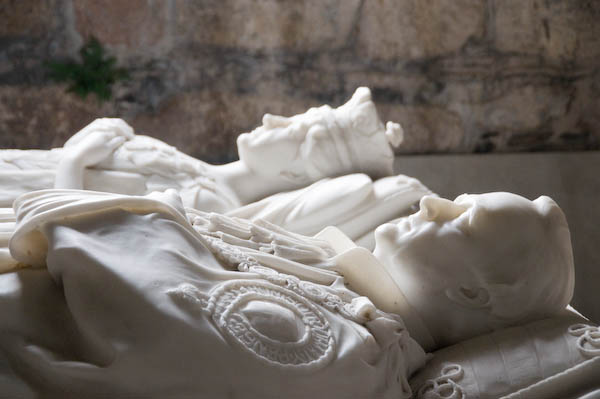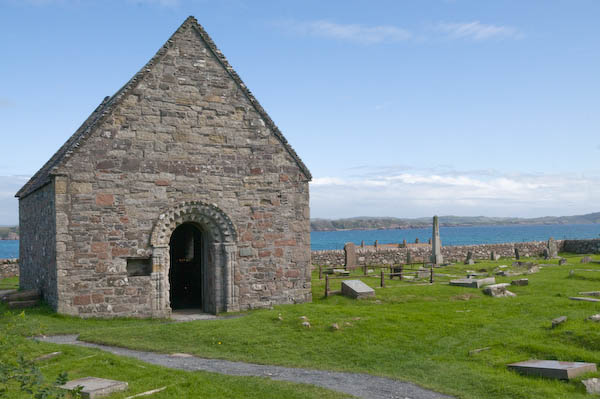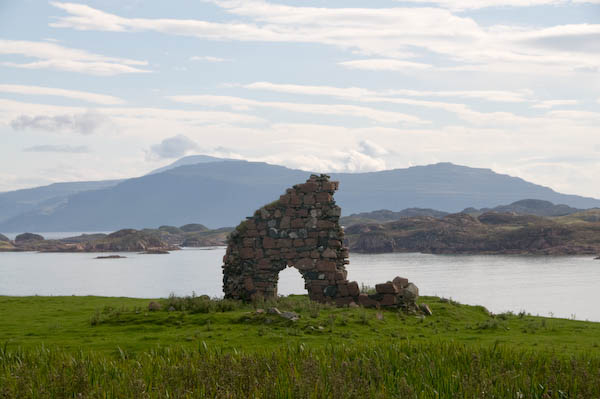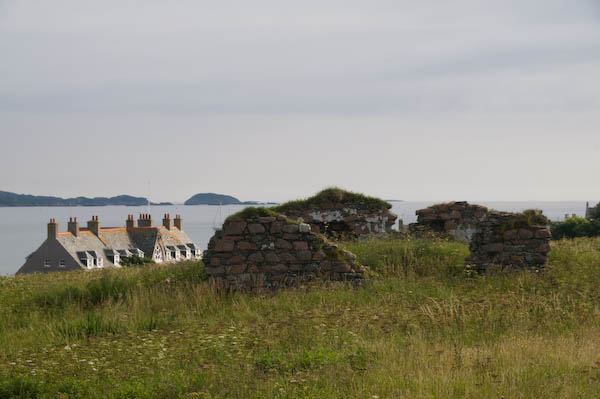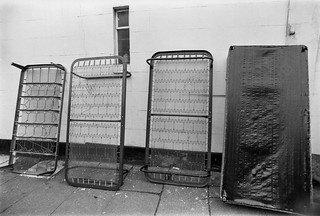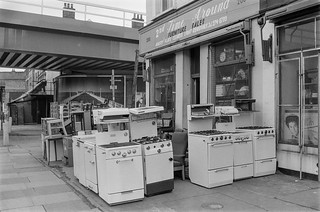Around Swiss Cottage 1988: Sigmund Freud (1856–1939) escaped from Austria after it was annexed by Nazi Germany and came to London, spending his final year until his death in the house in Maresfield Gardens which now houses the Freud Museum. Croatian sculptor Oscar Nemon made three busts of Freud for his 75th birthday in 1931 and visited him in London in 1938 to make a final bust on which the head of this sculpture was based. Funds were later raised for him to create this bronze sculpture which was unveiled in 1970 next to Swiss Cottage Library where I photographed it.
In 1998 it was moved to a more prominent position at the junction of Fitzjohn’s Avenue and Belsize Lane and it was Grade II listed in 2016.
The five tower blocks of the Chalcots Estate where built for the London Borough of Camden in 1967-8. Taplow, Burnham, Bray, and Dorney are 23 storeys while Blashford has 19. The land was owned by Eton College and the names come for the area around Eton.
Cladding was added to the towers in 2006 by the same companies that clad Grenfell Tower but using fire-resistant rock-wool. When a fire broke out in a flat in Taplow in 2012 the fire was contained and did not spread and there were no deaths.
Originally a stucco double-fronted Italianate Victorian villa, it was converted in 1890 into the Eton Avenue Hall for the Hampstead Conservatoire, a prestigious private music college; Cecil Sharp the great collector of English folk song was its principal from 1896-1905 and composer Arnold Bax one of his pupils.
The building was converted again after the college had closed and opened as the Embassy Theatre in 1928, with a school of acting from 1932. Damaged in the war it reopened in 1945, continuing as a theatre until 1956 when it was sold to the Royal Central School of Speech and Drama, now a college of London University.
College Crescent was built by the Eyre family who were (and are) major landowners in Swiss Cottage and parts of Hampstead, with the first houses built in the late 1840s. Initially it was named as three streets, College Villas Road, College Terrace and College Crescent.
40 College Crescent was not one of the original houses, but was built around 1880 on the site of Abbey Farm Lodge as the family home for Samuel Palmer or Huntley and Palmer’s biscuit firm in Reading. Following his death this area of open space with a drinking fountain and shelter – as its inscription states – “presented to the Borough of Hampstead for the public benefit in memory of the late Samuel Palmer of Northcourt, Hampstead by his widow and family. 1904”. It was Grade II listed in 1993.
In 1938 the Archbishop of Westminster bought Hyme House at 3 Fitzjohn’s Avenue, for some years the studio of successful society portrait painter Philip de László (1869-1937) as the first English home for the Swiss-based Sisters of Mercy of the Holy Cross. The Sisters converted the studio into a church and bought the next two houses on the street to set up a girls school which they ran until 1985, after which it became a hotel.
In 1950 the studio had become too small and a second church was built on the site, but further expansion made this inadequate. The current church, built a restricted site on tennis courts at the back of the house and fronting onto Maresfield Gardens was designed by Gerard Goalen following the Second Vatican Council to maximise participation of the laity in the Mass. It was Grade II listed in 2016.
A very rectangular house with a gate made largely of circles, but with the ironwork on the top of the gate reflecting the only non-rectangular feature of the frontage, and carefully positioned on top of it.
An irresistable Gothic fantasy. Development in this area had been prevented for years after the death of the estate owner Sir Thomas Maryon Wilson in 1821, whose will prevented his sons building on the land, and efforts by his son (confusingly of exactly the same name) to get the will amended came to nothing. When he died, his brother Sir John inherited and was able to make a deal making part of the estate a part of Hampstead Heath and making development possible in other areas.
Sir John divided the estate in 1873 with his son Sir Spencer Maryon Wilson who developed Priory Road and Fitzjohn’s Avenue from 1875 on, as a wide road with wide pavements linking Swiss Cottage and Hampstead which was described by Harpers Magazine a few years later as “one of the noblest streets in the world”.
A much quoted Camden History Society article describes the Tower at No 25 as an ornate mansion which is now “a fine example of ‘Disneyland Gothic'”. The building with 25 rooms dates from 1880-1, its architect JT Wimperis, a very prolific Victorian architect for Herbert Fleming Baxter (1839-1905), an extremely wealthy American merchant who was a part of a family with extensive estates in Shropshire. The house has been restored and is now divided into flats. Rather surprisingly it was not Grade II listed until 1999.
My walk will continue in a later post.
Click on any of the pictures to go to a larger version in the album 1988 London Photos, from where you can browse through the album.




